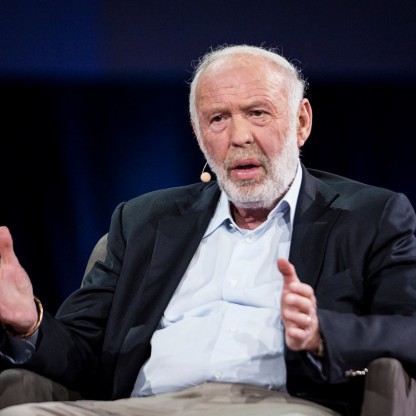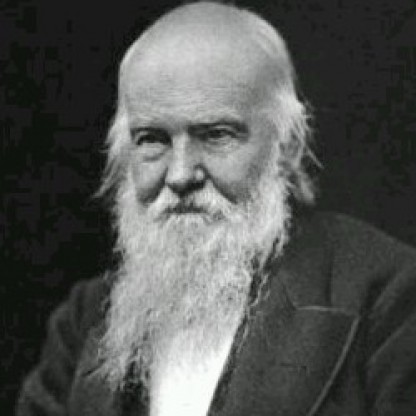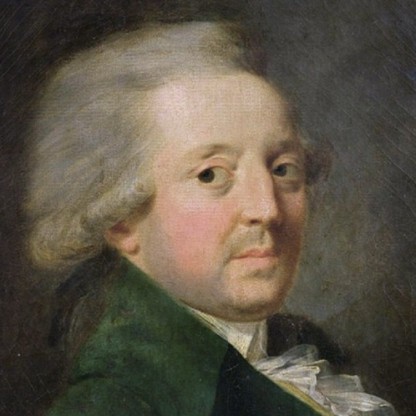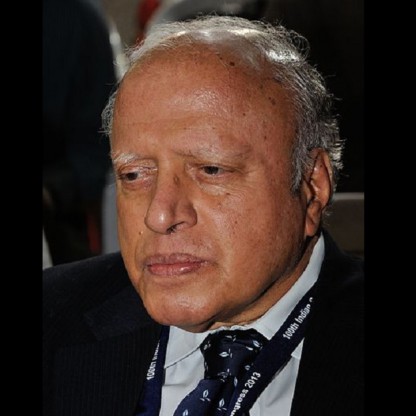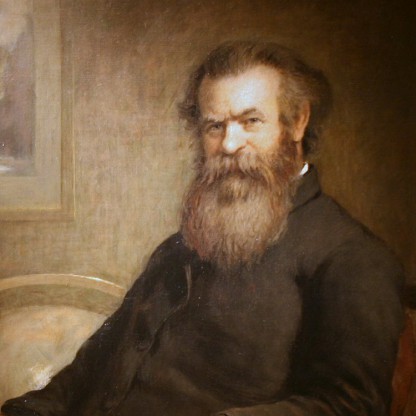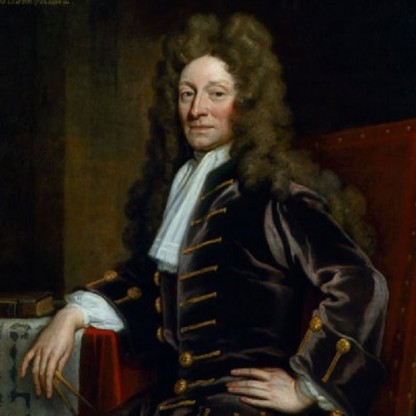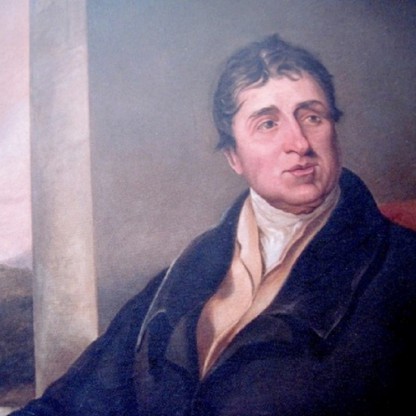In 2008, he was inducted into Institutional Investors Alpha's Hedge Fund Manager Hall of Fame along with David Swensen, Louis Bacon, Steven Cohen, Kenneth Griffin, Paul Tudor Jones, George Soros, Michael Steinhardt, Jack Nash, Seth Klarman, Alfred Jones, Leon Levy, Julian Roberston, and Bruce Kovner.
